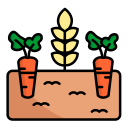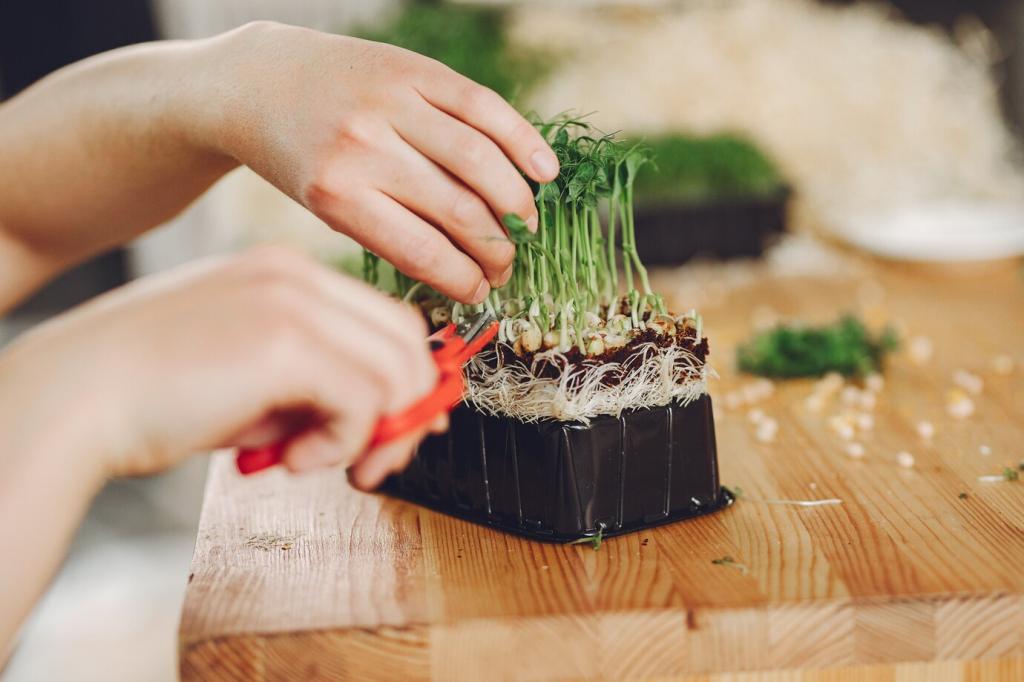
Growing Edible Flowers for Gourmet Dishes
Chosen theme: Growing Edible Flowers for Gourmet Dishes. Welcome to a fragrant, colorful world where garden beds become spice racks and petals turn into flavor. Let’s grow, taste, and create together—subscribe and share your culinary blooms with our curious, hungry community.
Choosing Safe, Flavorful Blossoms
Buy seed or starts labeled specifically as edible and grown for culinary use. Avoid florist flowers and roadside plants, which are often treated. Cross-check identification with two reputable sources. Tell us your favorite varieties below so others can learn from your picks.
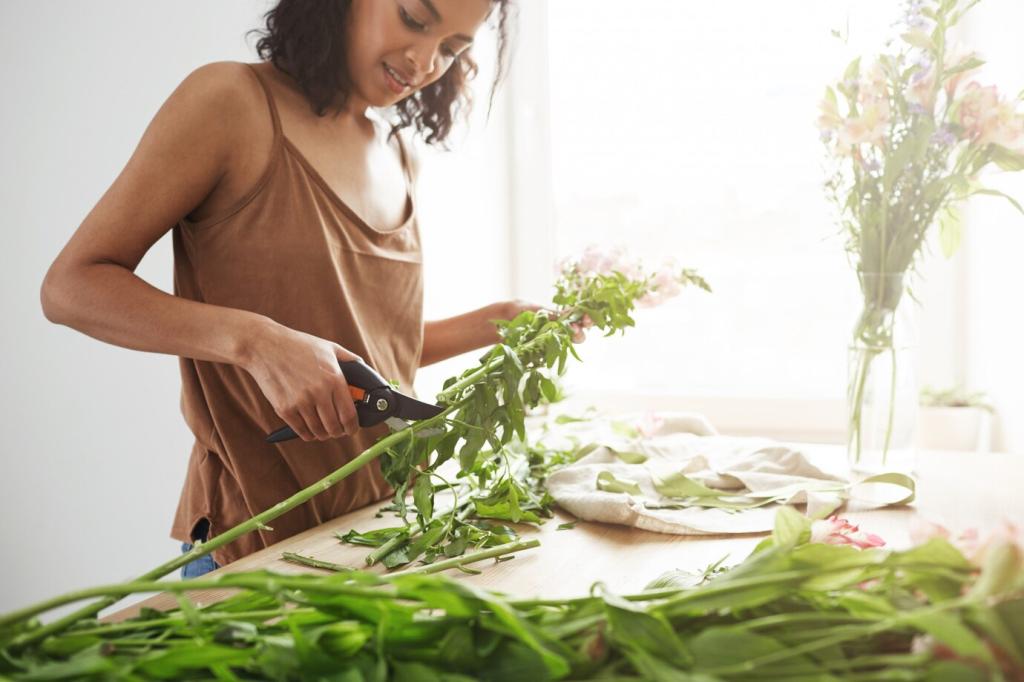
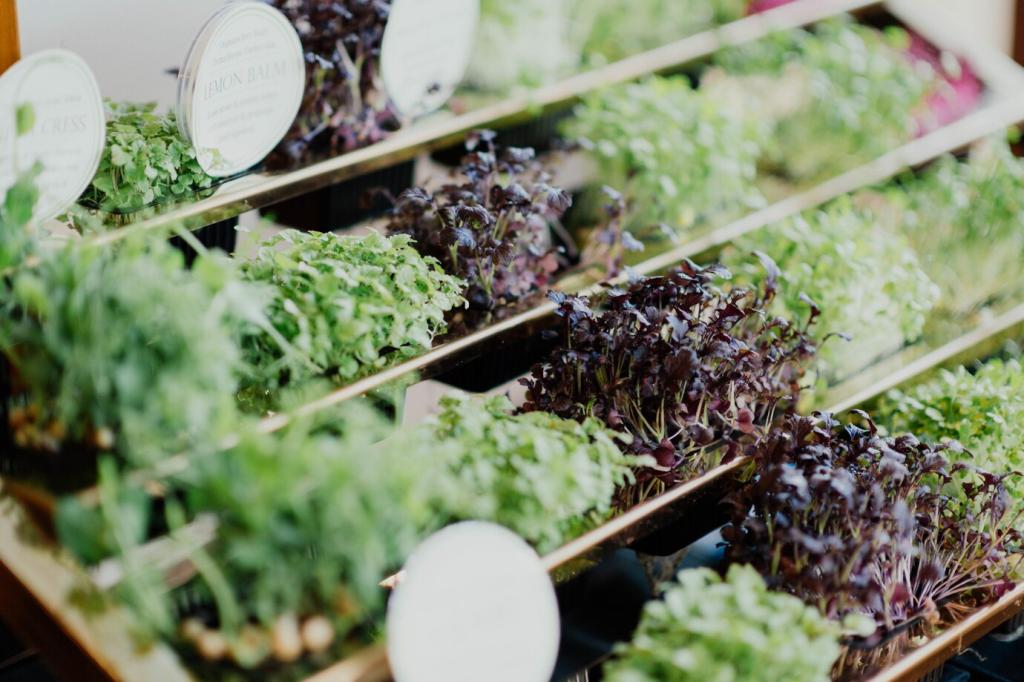
Soil, Containers, and Drainage
Mix well-aged compost with a light, loamy potting blend. Containers with ample drainage holes prevent soggy roots. Nasturtiums thrive in leaner soil, which concentrates flavor. Try a window box for violas, and report your container size and success for fellow growers to replicate.
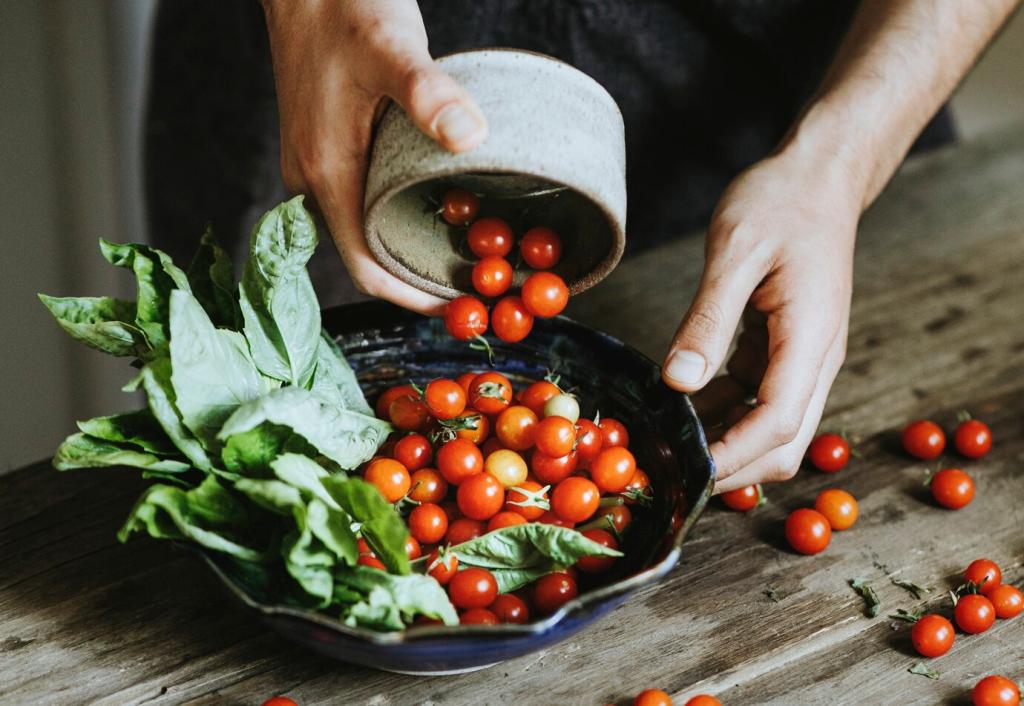
Sunlight, Water, and Spacing
Most edible flowers love full sun, though violas appreciate partial shade in heat. Water deeply, then allow the surface to dry. Space plants for airflow to reduce mildew. Tell us how your microclimate behaves so we can troubleshoot light and watering routines together.
Harvesting and Handling Without Bruising
Best Moment to Harvest
Pick in the morning after dew evaporates, when petals are plump and fragrant. Choose fully open blossoms without browning. For squash blossoms, harvest male flowers before noon. Share your first-bloom dates so we can build a regional calendar for timely picking.
Rinse, Spin, and Dry Carefully
Swish flowers in cold water, then drain on a towel. Use a salad spinner with a mesh bag to prevent tearing. Remove damp stamens if flavors are bitter. Comment with your gentle-handling hacks—every tip helps someone deliver prettier petals to the plate.
Short-Term Storage that Preserves Aroma
Lay blossoms in a single layer on a paper towel in a vented container, then refrigerate. Most keep one to three days. For longer use, candy violets or infuse syrup. Tell us your storage wins and fails, and we’ll compile a community-tested guide.
Savory Magic: Salads, Butters, and Stuffed Blossoms
Scatter nasturtiums over arugula with lemony vinaigrette. Fold chopped chive blossoms into soft butter for grilled vegetables. Stuff squash blossoms with ricotta, lemon zest, and herbs; pan-fry until crisp. Share your plating photos so others can learn the balance between color and crunch.
Sweet Touches: Crystallizing, Syrups, and Sugars
Brush violas with egg white, dust with superfine sugar, and dry for jewel-like cake toppers. Steep lavender in simple syrup for sorbets. Blend calendula petals into citrus sugar for shortbread. Subscribe for our step-by-step confections series and tag us in your dessert experiments.
Sips and Infusions: Cocktails, Teas, and Vinegars
Float borage in gin and tonic for cucumber-lifted refreshment. Steep hibiscus for ruby tea. Infuse white wine vinegar with chive blossoms for rosy acidity. Tell us your favorite ratios, and we’ll test them in our kitchen and share community-approved recipes.

This is the heading
Lorem ipsum dolor sit amet, consectetur adipiscing elit. Ut elit tellus, luctus nec ullamcorper mattis, pulvinar dapibus leo.

This is the heading
Lorem ipsum dolor sit amet, consectetur adipiscing elit. Ut elit tellus, luctus nec ullamcorper mattis, pulvinar dapibus leo.
Stories from the Petal Patch
A traveling chef once swapped pepper for nasturtium leaves during a supply glitch. The dish brightened unexpectedly, winning a pop-up crowd. He now plants nasturtiums first every spring. Share a ‘happy accident’ that taught you something delicious about edible flowers.
Start violas, calendula, and chive for cool-season flavor. Sow nasturtiums after frost for late-spring fireworks. Pinch early to encourage branching. Share your first sowing dates and we’ll compare timing across regions to refine our collective bloom charts.
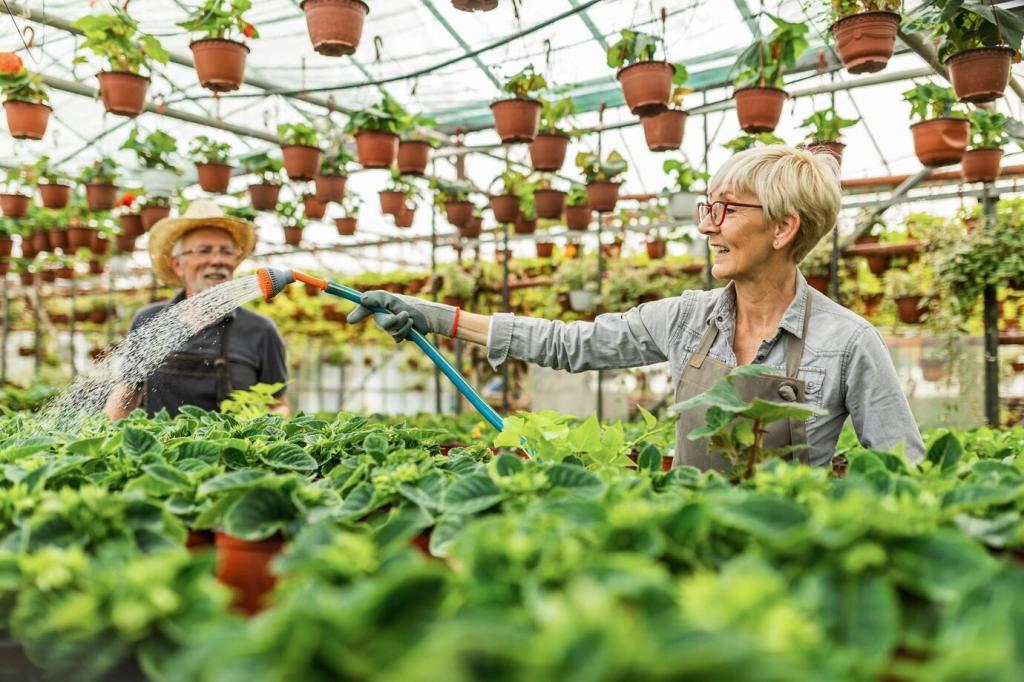
Join the Community and Keep Learning
Comment and Share Your First Bloom
Post the first flower you harvest this season and describe its flavor in three words. Comparing notes helps others choose varieties. We’ll spotlight standout comments in our next newsletter, so be descriptive and inspiring.
Subscribe for Garden-to-Table Challenges
Get weekly prompts like ‘calendula butter’ or ‘chive blossom vinegar,’ with sowing reminders and shopping lists. Subscribing keeps you experimenting and eating what you grow. Tell us which challenges you want next—sweet, savory, or sippable.
Host a Tasting and Report Back
Invite friends for a petal tasting: nasturtium, viola, chive blossom, and borage. Rate aroma, texture, and pairing ideas. Share your findings in the comments, and we’ll compile the results into a community flavor map.
